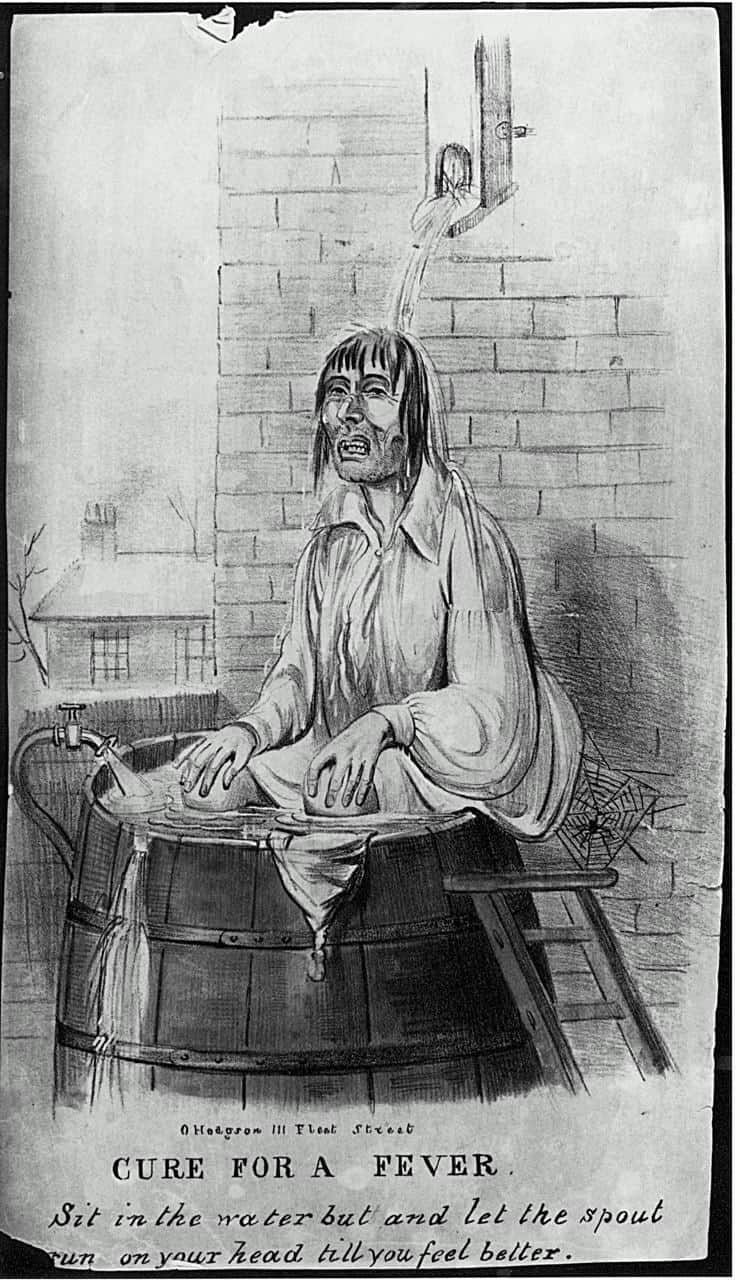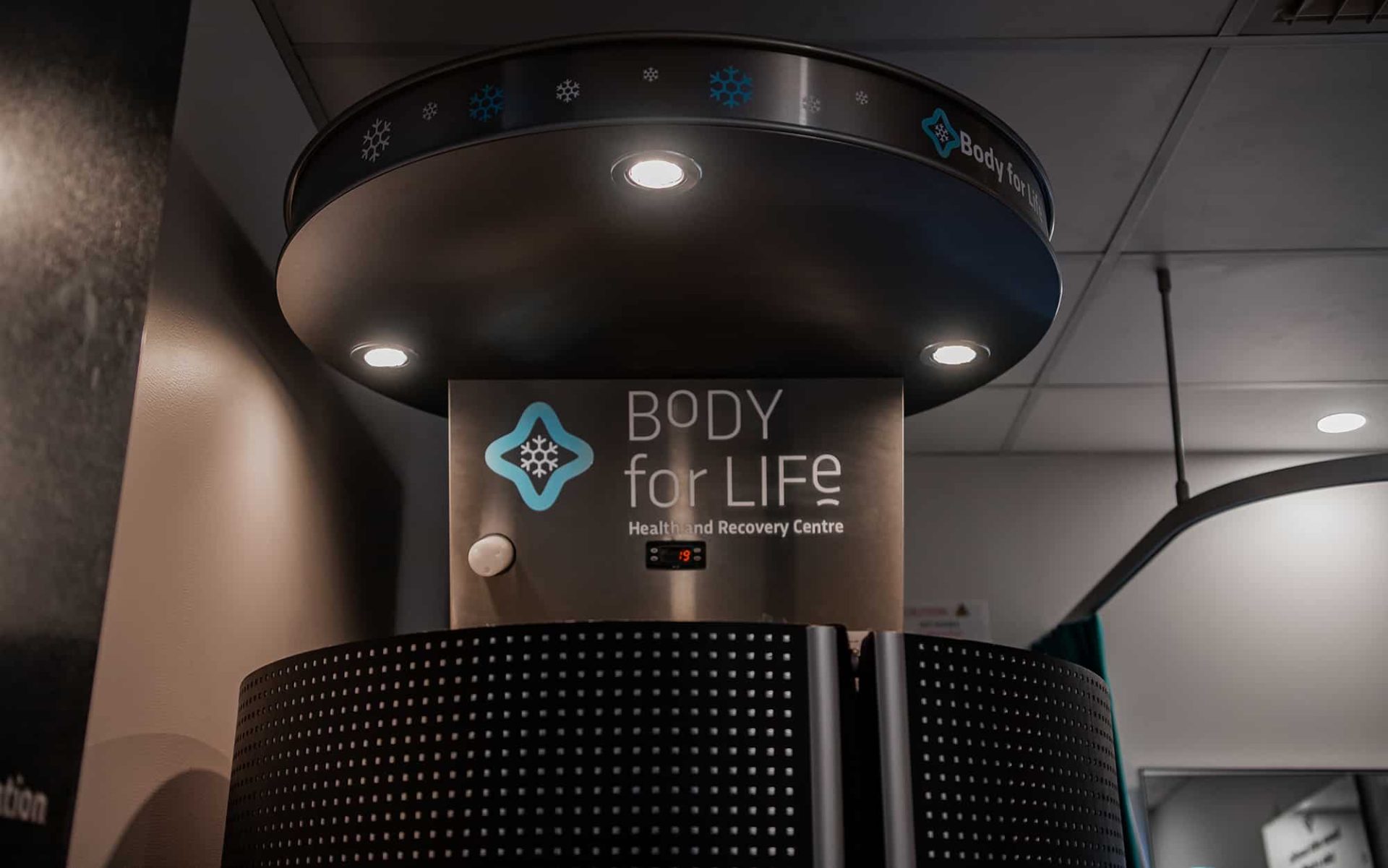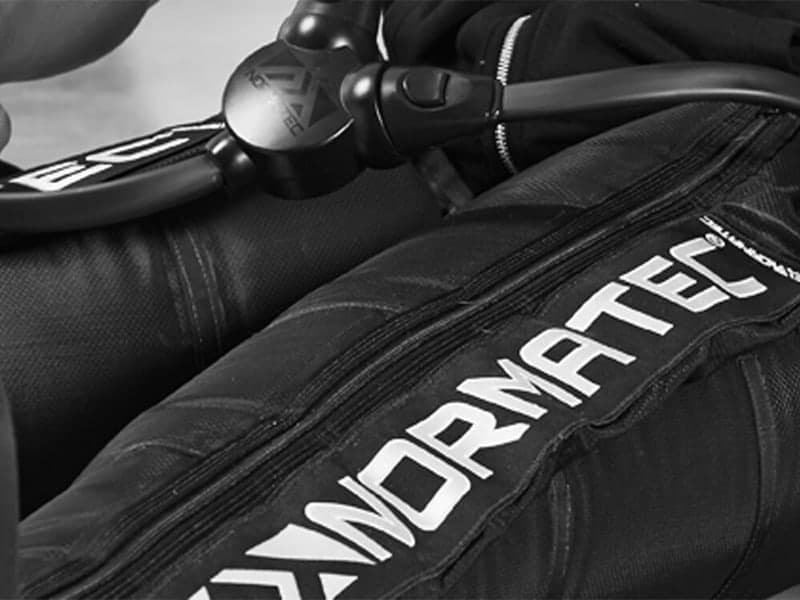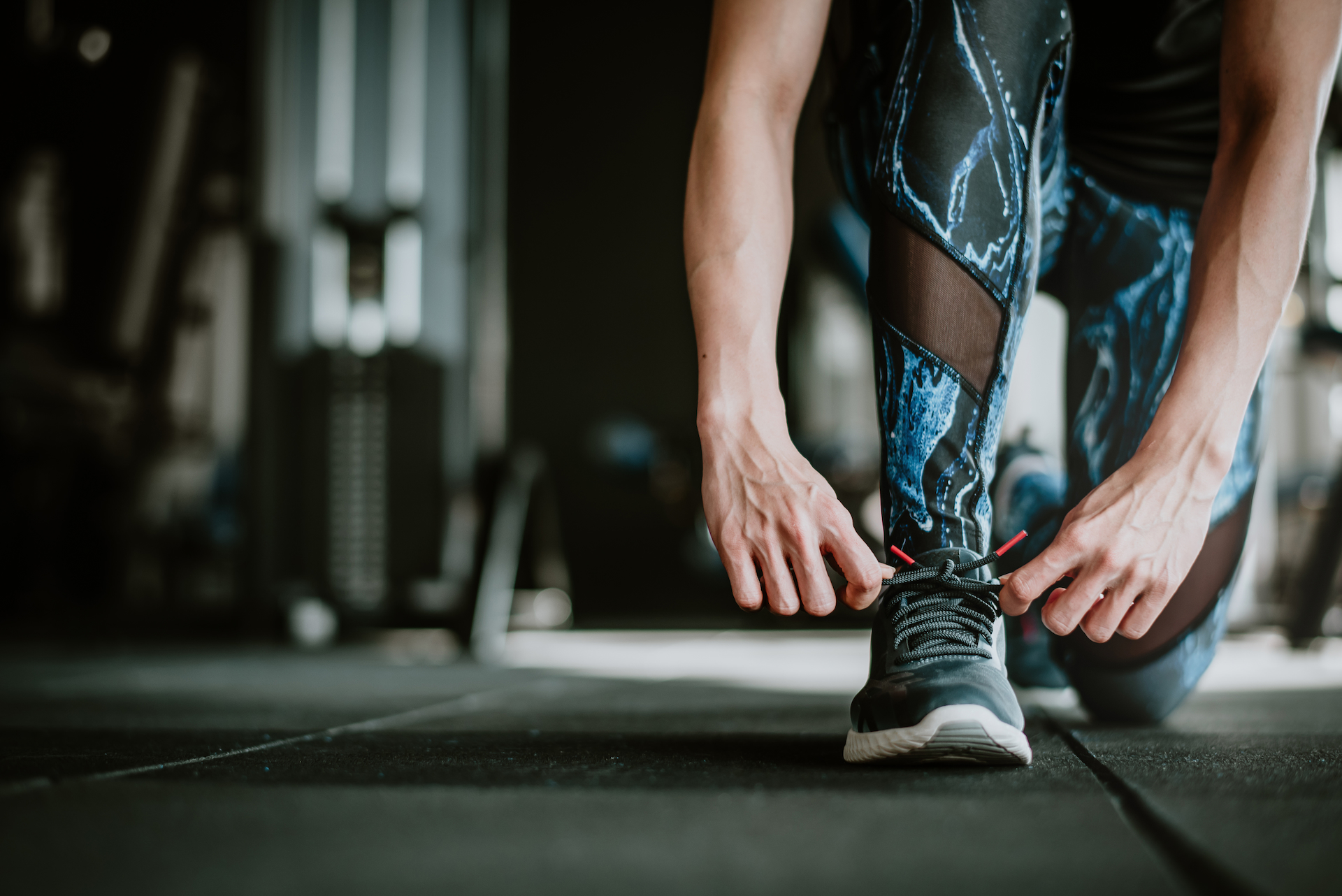What is cryotherapy?
Cryotherapy is a treatment that involves exposing the body to extremely cold temperatures for therapeutic purposes. It has a long history and has been used for various medical and cosmetic purposes. The concept of cold therapy dates back to ancient times, with the Greek physician Hippocrates being one of the first to document its benefits. In the 19th century, English physician Ray Allington introduced the use of cold application in medical treatments. Since then, cryotherapy has evolved and advanced, with the development of cryosurgical devices and whole body cryotherapy chambers. The use of cryotherapy has expanded to include a wide variety of conditions, from skin conditions to sports injuries, offering benefits such as pain relief, improved blood circulation, and the release of endorphins. Today, cryotherapy continues to be an effective treatment, with ongoing research exploring its potential in various medical fields.
History of Cryotherapy
Cryotherapy has a long and fascinating history, with its origins dating back to ancient civilisations. Ancient Egyptians, Romans, and early Greeks were using cold temperatures as a form of therapy as early as 2500 BC.
In ancient Egypt, cold therapy was often used in conjunction with other treatments to relieve pain and reduce inflammation. The Greeks also embraced cold therapy, with Hippocrates, a renowned Greek physician, using snow and ice to treat various injuries and skin conditions. In ancient Rome, cold therapy was widely used in baths and was believed to improve blood circulation and boost overall health.
The use of cold therapy continued throughout history, with notable examples like Dominique-Jean Larrey, the surgeon for Napoleon’s army. During the army’s retreat from Moscow in 1812, Larrey used cold techniques to treat soldiers’ injuries and prevent infection.
The effectiveness of cryotherapy lies in its ability to reduce inflammation, numb pain, and improve blood circulation. Additionally, the extreme cold temperatures can trigger the release of endorphins, providing natural pain relief.
Later in the 19th century, and we saw a significant advancement in cryotherapy. Dr. James Arnott, an English physician, made groundbreaking discoveries in the field by utilising carbon dioxide snow to treat a wide variety of conditions. He published papers in 1819 on the use of extreme cold for tissue deconstruction, outlining the benefits and potential applications. Arnott’s research led him to design cryo equipment, which he exhibited at the Great Exhibition of London in 1851. His work laid the foundation for the development of vacuum flasks, which were used to store and transport liquid nitrogen, a key component in modern cryotherapy.

Image credit: National Centre for Biotechnology Information
1978: Dr. Toshima Yamaguchi
Dr. Toshima Yamaguchi is a pioneer of the medical field who has been credited for developing cryotherapy into a modern day treatment. He studied at the University of Tokyo and became fascinated with the potential for cold temperatures to reduce inflammation. He began researching this concept, exploring how extremely low temperatures could affect tissue and be applied as a medical treatment.
By using cryotherapy, he was able to significantly reduce pain and inflammation in those that it was used on. This gained considerable traction during the 1970s when it was used to treat patients with rheumatoid arthritis and has since been adapted to be used as a treatment option for a range of other conditions.
From its earliest roots to modern cryotherapy chambers, the evolution of this treatment has had a significant impact on medical practices and continues to offer benefits for a wide range of conditions.

Image credit: Recovermehealth
Modern innovations in cryotherapy
Cryotherapy has come a long way since its ancient origins. Cryotherapy has now found its place in sports medicine, becoming an effective treatment for sports injuries and muscle soreness.
One of the newer techniques that has gained popularity is whole body cryotherapy. This involves exposing the entire body to extreme cold temperatures for a short period of time in a specially designed cryotherapy chamber. Whole body cryotherapy not only provides pain relief, but also stimulates blood circulation and promotes the release of endorphins, providing a wide range of benefits for various conditions.
In dermatology, the use of cryotherapy has expanded to include clinical applications beyond the treatment of physical ailments, including cryotherapy facials. Cryotherapy is continually evolving and finding new ways to improve the health and wellness of individuals.
Cryotherapy at Body for Life
Looking for a natural way to boost your overall well-being and address specific health concerns? Look no further than Body for Life’s Whole Body Cryotherapy and Localised Cryotherapy treatments!
Whole Body Cryotherapy involves exposing your body to extreme cold temperatures for a short period of time. This ancient therapy has modern benefits, stimulating the release of endorphins that provide immediate pain relief and leave you feeling rejuvenated. It can help reduce inflammation, promote healing, and even enhance athletic performance. Whether you’re recovering from an intense workout or seeking relief from chronic pain, Whole Body Cryotherapy at Body for Life is a must-try.
Localised Cryotherapy targets specific areas of the body. If you’re dealing with muscle soreness, injury, or skin conditions, this treatment can help reduce swelling, speed up recovery, and even improve blood circulation for better healing. Our experienced team will tailor the treatment to meet your unique needs, ensuring maximum effectiveness and comfort.
Don’t let pain and discomfort hold you back. Experience the wide-ranging benefits of Whole Body Cryotherapy and Localised Cryotherapy at Body for Life. Book your appointment today and take the first step towards a healthier, pain-free life!
References
Dermatology Online Journal
Source: escholarship.org
A chilling history of cryotherapy – 2022 – British Journal of Dermatology – Wiley Online Library
Volume 187, Issue S1p. 189-189
Source: onlinelibrary.wiley.com
The history of cryosurgery – PMC
J R Soc Med.2001 Apr; 94(4): 196–201.
Source: ncbi.nlm.nih.gov





